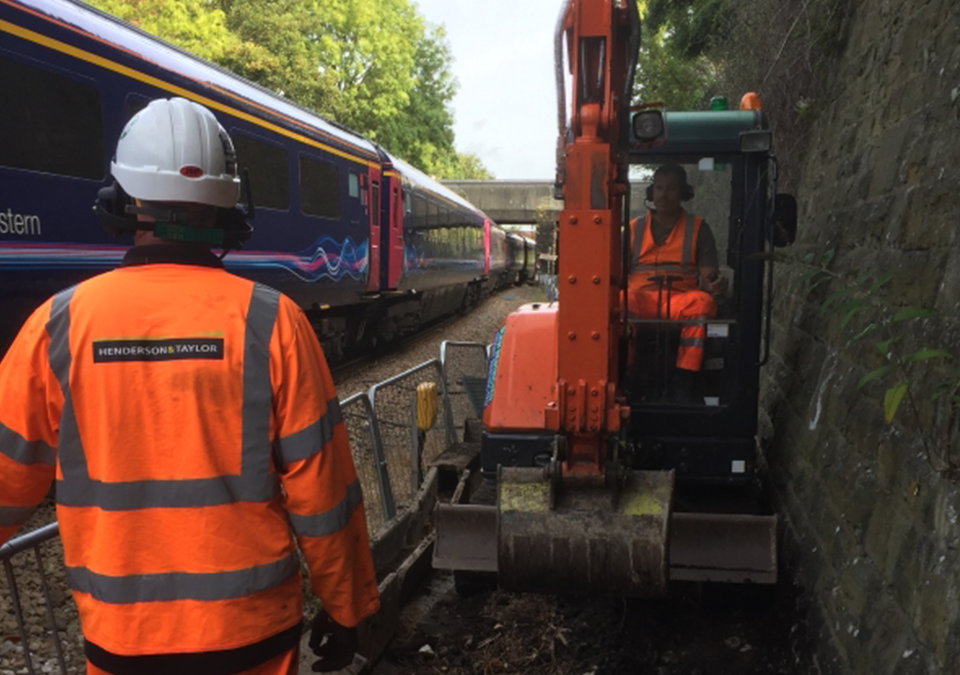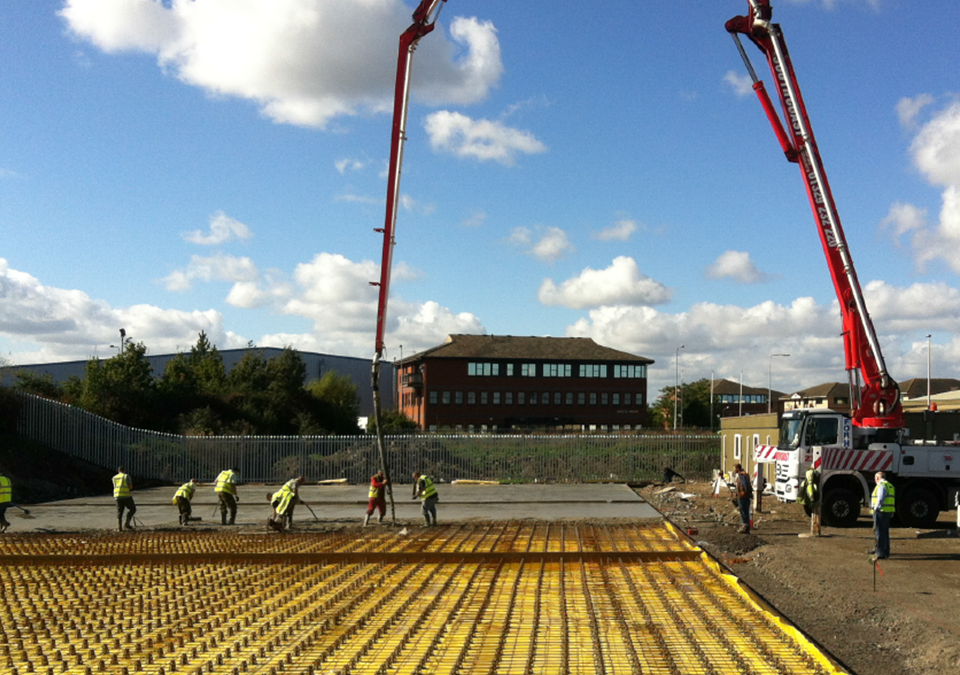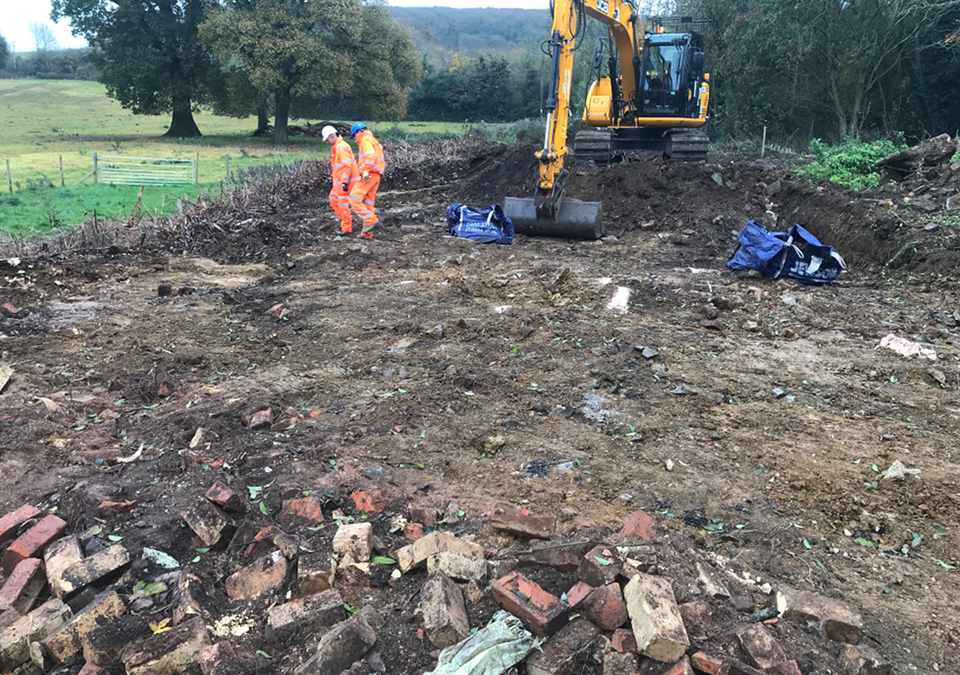
Japanese knotweed was identified at multiple locations on the site of the Filton Bank 4T capacity improvement works, a 7 km stretch of railway from Lawrence Hill Sewer to Filton Abbey Wood Station, Bristol. The route extends through areas of residential and light industrial use with allotments, greenspace and woodlands alongside. Well established stands of Fallopia japonica (Japanese Knotweed) were identified at 21 locations, totalling 2,700m2 with an estimated on site volume of 4000-7000m3 of knotweed containing material. A total of 24 non-statutory sites either form part of the rail embankments or are formed from habitats which run alongside the rail. Aquatic habitats were present alongside and beneath the railway. Three active Badger setts were present around the proposed site works and a licence was obtained from Natural England to permit closure/disturbance of these setts as impacts couldn’t be avoided. Where minor works were undertaken (vegetation clearance to stump height) the site was sensitively cleared, to a height of 150 mm, under the supervision of an ecologist. Working in this manner encouraged reptiles to move into adjacent habitats. All brash/rubble piles were also inspected. Working in close partnership with the clients’ Senior Engineer, a knotweed Management Plan was agreed and implemented with ‘Zero to landfill’ methodology; the knotweed being remediated by way of an excavation, and incineration on site under an Environment Agency D6 Licence and following local authority approval. It is estimated that we have saved the client in excess of £270,000 in comparison to the traditional off-site disposal options.






